Water is essential for survival, and in an emergency situation, finding clean drinking water can be a challenge. But did you know that nature provides many surprising sources of water that can keep you alive? Here are 15 natural water sources you might not have considered.
1. Dew Drops
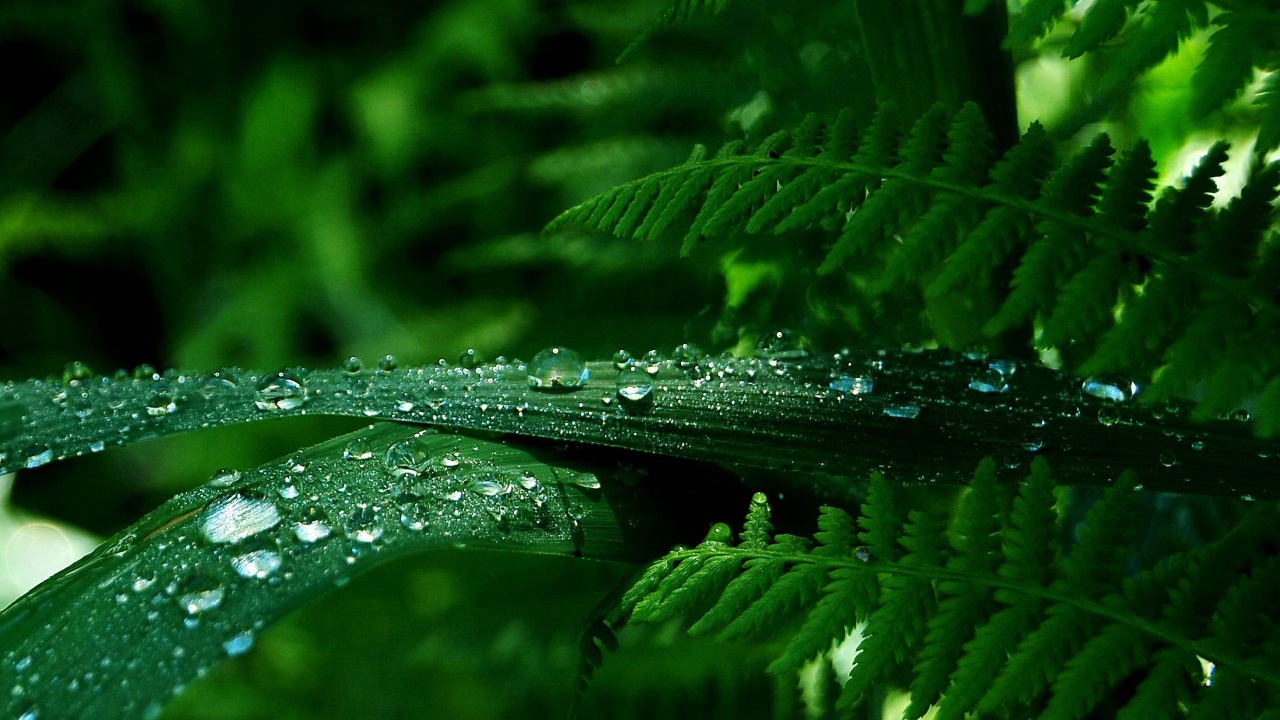
In the early morning, you can often find dew drops clinging to grass and leaves. By tying a clean cloth or bandana around your ankles and walking through the grass, you can collect these droplets and wring out the water into a container.
2. Tree Forks

Some trees, like maples and birches, have forked branches that can collect rainwater. Look for a tree with a deep, bowl-shaped fork and you may find a small reservoir of water waiting for you.
3. Rock Crevices
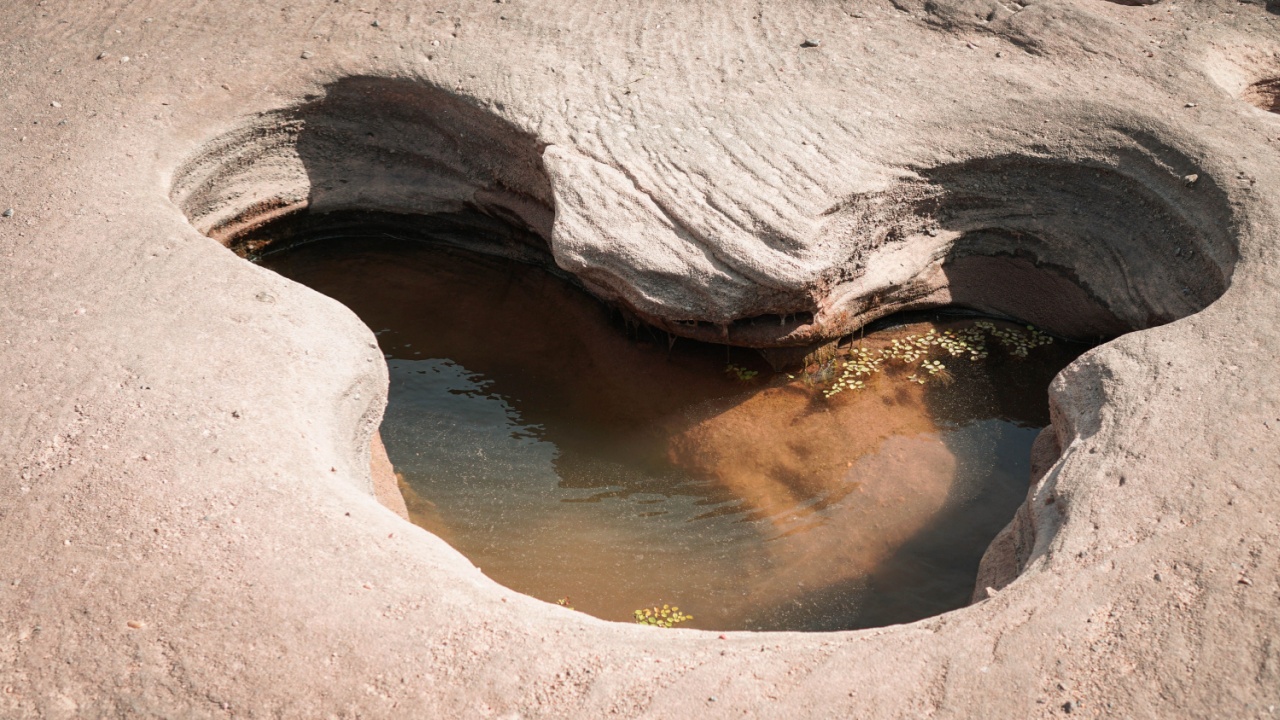
In rocky areas, keep an eye out for crevices and depressions where water may have collected after rainfall. Even small amounts can add up over time.
4. Banana and Plantain Leaves

The large, broad leaves of banana and plantain plants are great for catching rainwater. If you find yourself in an area with these plants during a rainstorm, try tying the leaves into a funnel shape to direct the water into a container.
5. Beach Wells

If you’re near a beach, you can dig a hole a few feet back from the high tide line until you reach damp sand. Allow the water to seep into the hole and collect it with a container.
6. Solar Still

A solar still is a simple device that uses the sun’s heat to collect water from the ground. Dig a hole, place a container in the center, cover the hole with plastic, and place a small rock in the center of the plastic. As the sun heats the ground, water will evaporate and condense on the underside of the plastic, dripping into the container.
7. Plant Transpiration
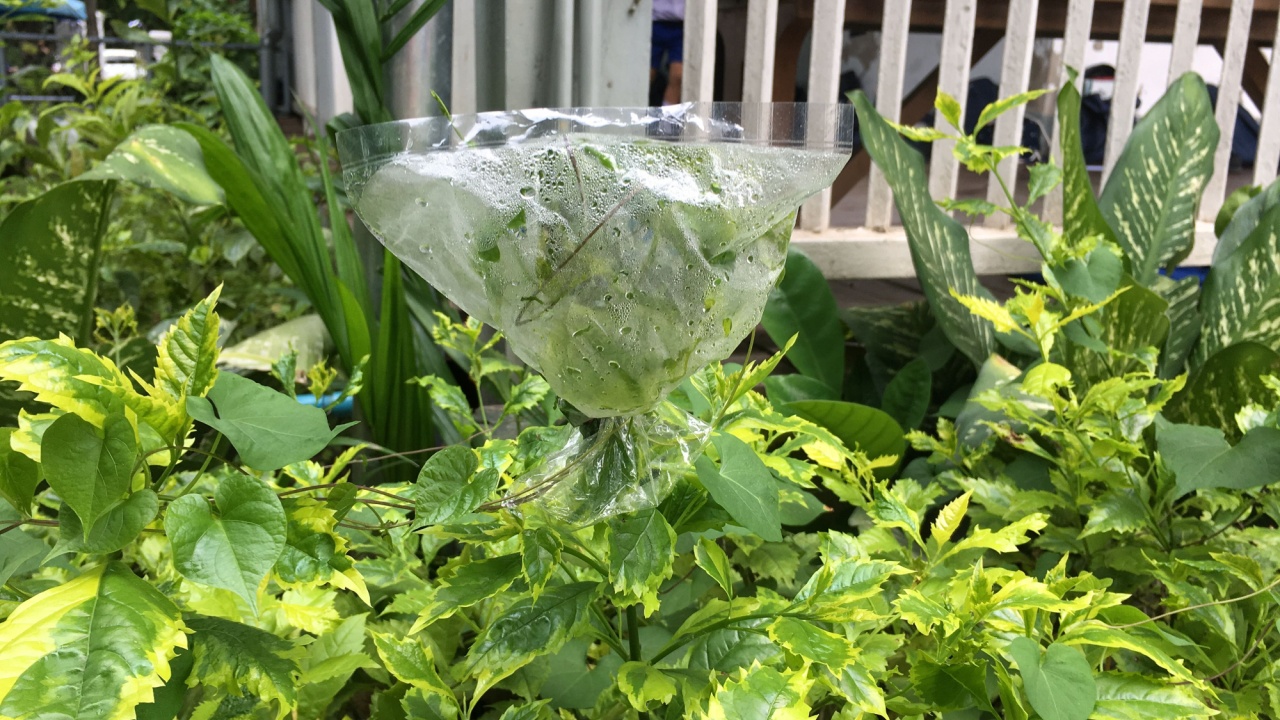
Tie a plastic bag around a leafy branch in direct sunlight. As the plant releases moisture through its leaves, the water will collect in the bag.
8. Cacti
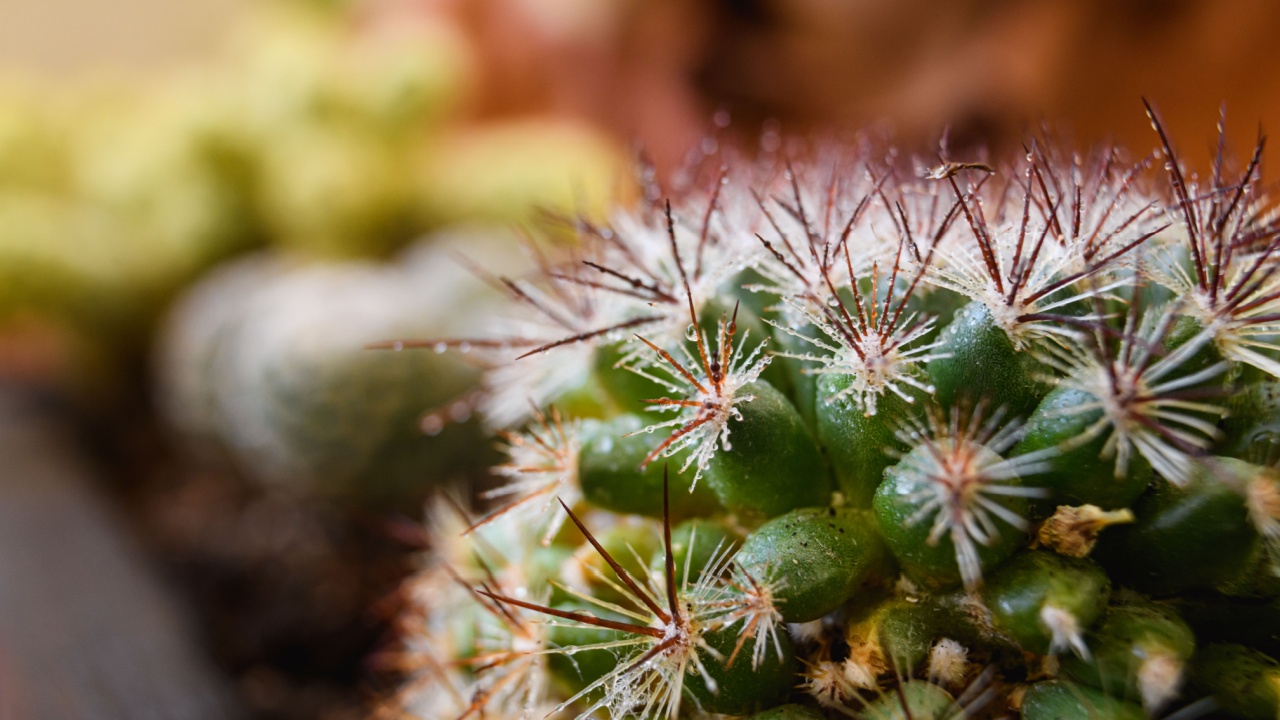
If you find yourself in a desert environment, some species of cacti, like the barrel cactus, store water in their thick stems. Cut off the top of the cactus and mash or squeeze the pulp to extract the water.
9. Bamboo

Bamboo stalks often have hollow chambers that can collect rainwater. Cut the bamboo just below a joint and drain the water inside.
10. Animal Trails

Animals often leave trails leading to water sources. If you spot a game trail, follow it downhill. It may lead you to a stream or pond.
11. Snow and Ice

In cold climates, clean snow and ice can be melted for drinking water. Avoid eating snow directly, as it can lower your body temperature. Instead, collect it in a container and let it melt.
12. Sap from Maple Trees

In late winter and early spring, maple trees can be tapped for their watery sap. While it does contain some sugar, maple sap is mostly water and can keep you hydrated in a pinch.
13. Rainwater Collection

If you have a tarp or poncho, you can create a simple rainwater collection system by tying it between trees and placing a container underneath the lowest point.
14. Underground Streams

In some areas, water can be found flowing just below the surface of dry streambeds. Look for green vegetation or dig down into the sand to find the water.
15. Fruits and Vegetables

Many fruits and vegetables have high water content and can help keep you hydrated. Berries, watermelon, cucumber, and citrus fruits are all good options if you can find them growing wild.
31 Ways to Boost Home Security: How to Fortify Your Fortress and Deter Burglars

We sadly live in a society where it’s all too common for criminals to want to take what we’ve worked hard to get. The results of a break-in are traumatic, too. Beyond just losing your stuff. Victims often feel violated, anxious, and unsafe, sometimes for years after the event.
Prevention is the best way to stay safe. And, while you shouldn’t have to turn your home into a fortress, that’s the stark reality of our world. But you can take plenty of simple steps to deter burglars and ensure your home is less attractive to would-be thieves.
25 Winter Foraging Foods to Save Money on Your Grocery Bill
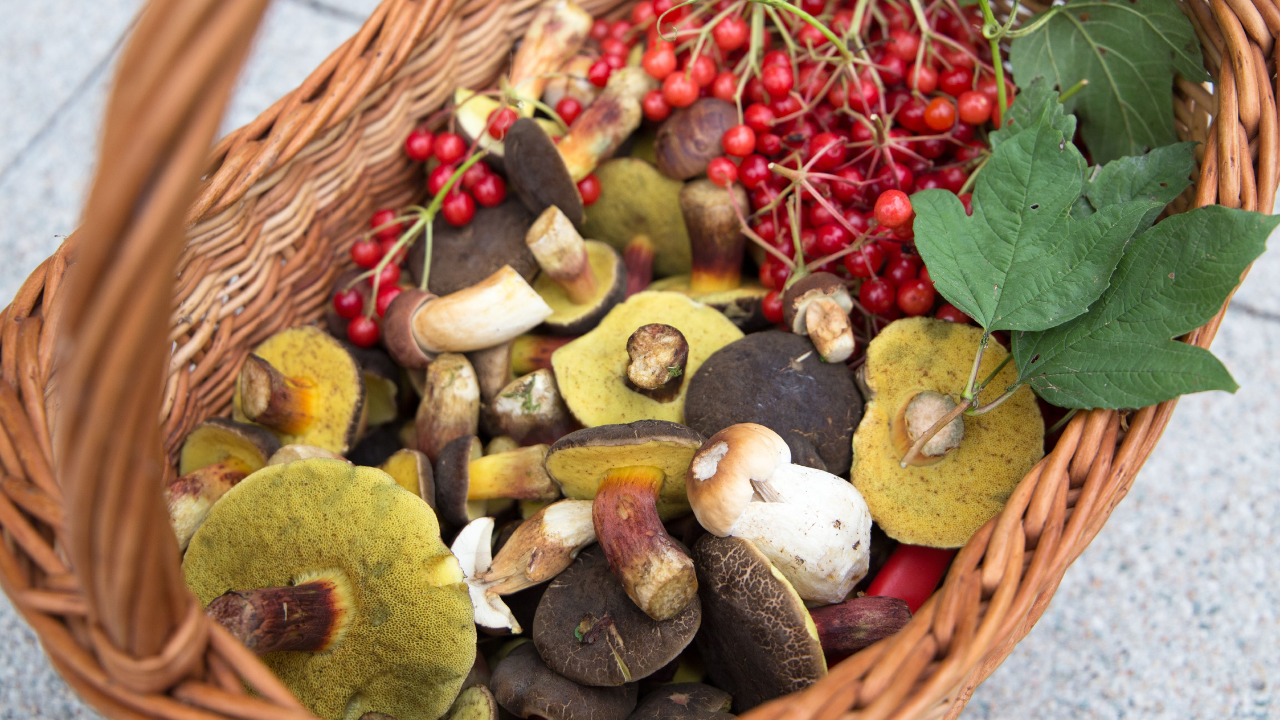
With food prices going up by 15% from October 2021 to October 2023, finding ways to cut down your grocery bills is more important than ever. Winter foraging is an awesome way to add to your pantry for free. Yes, you get free food in the form of wild edibles, but it’s also fun for the whole family, gets you moving, and reconnects you with nature.
Even though foraging in winter seems hard compared to the bounty of late summer, there’s still plenty out there if you know where to look. Plus, if things do go south, you need to know how to get wild foods to survive when there are no old-world supplies to access.
23 Smart Ways to Preserve Food
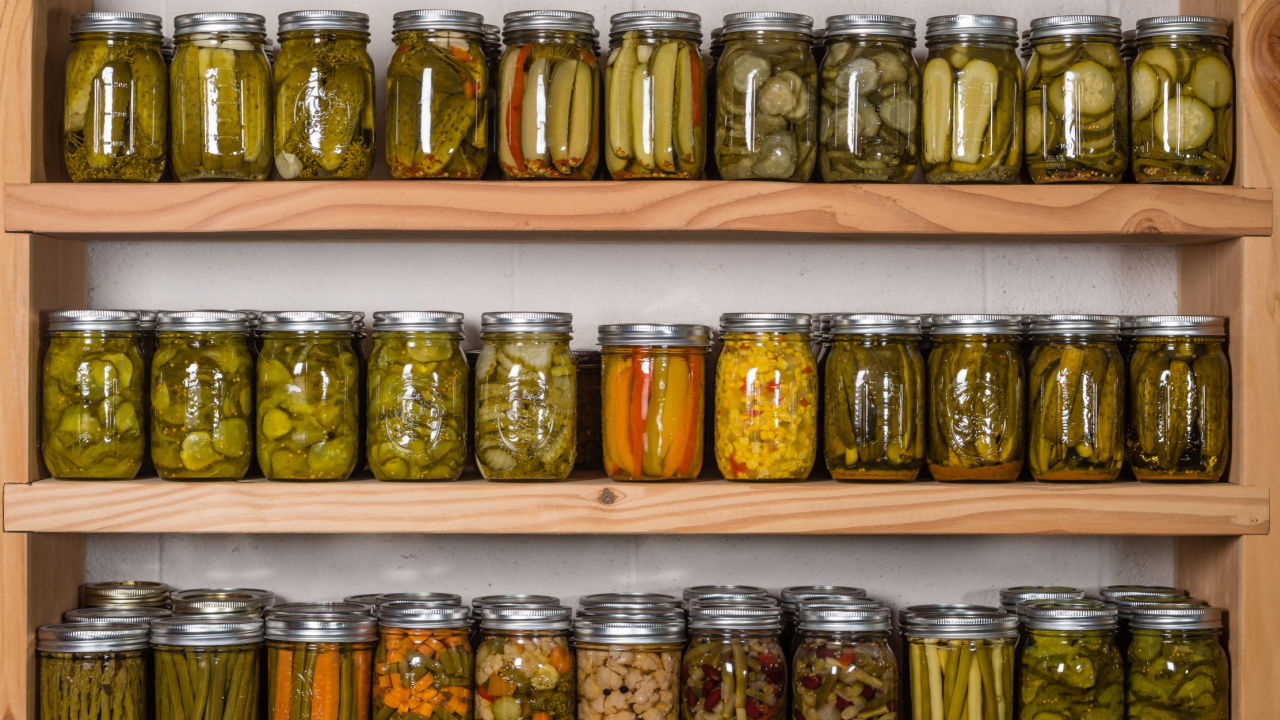
Preserving food is an art as much as it is a science, tapping into our ancestral roots and addressing modern needs. Whether you’re looking to avoid waste, prepare for leaner times, or simply enjoy the fruits of your labor year-round, these 23 smart methods will guide you through. I’m a huge fan of preserving things I find on sale, gluts of produce from my homestead, or produce I’ve bartered with someone else.

